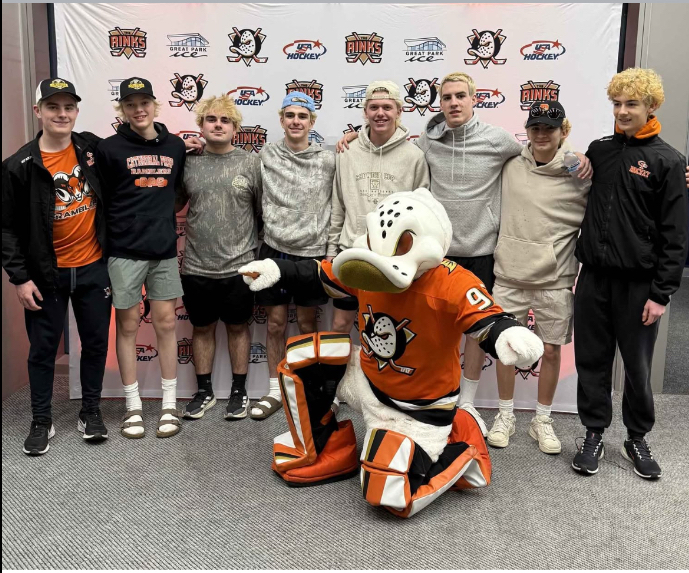A handful of Prep students recently participated in the MathWorks Math Modeling (M3C) challenge. It’s a challenge exclusively for high school juniors and seniors, which utilizes what students learn in classes and gives them a real-world problem to attempt to solve.
Students use what they’ve learned in classes such as physics, calculus, and statistics to solve the problem. However, the catch is that they are on a time limit and under resource constraints. It’s all to simulate how it would possibly be in the real world. The solutions made are graded by Ph.D. level mathematicians and those who finish in the top 6 get scholarships ranging from $5,000 to $20,000. There are also 28 additional awards with varying prize amounts.
Fortunately, the event has always been online, so it has not been affected by COVID-19. The seniors participating competed in this challenge Monday, March 1st, and had 14 hours to complete it.
Mr. Biebel, the man in charge of the operation, has done it every year he has been a teacher at Prep. He personally believes that students need to use what they learn in their classes, especially math and science, in more real-world situations. He bases his teaching off of this belief as well, by trying to include as many labs as he can in his physics classes. He thought the challenge was a perfect opportunity for them.
“We should just be taking days where we just go try what we learned,” Mr. Biebel said. “We should be in the lab all the time.”
This year’s prompt was about the millions of Americans who have connectivity issues, whether it’s an unreliable connection or none at all. The group was required to create a mathematical model for things like the cost of bandwidth and the cost of the bandwidth for the next 10 years. They were also required to use a model to find the minimum amount of bandwidth for different household situations. Lastly, they had to design a 5G tower map for the US.
This year’s team consisted of five seniors: Brian Lee, Johnny Kretzing, Nathan Mitchell, Lucas Mitchell, and Andrew Brown. They started at 8 a.m. and fully used up their 14-hour time limit, ultimately ending at 10 p.m. The group spent the school day in a lab in the science wing. After school, they took a short one-hour break but went right back to work and worked together at the Nash Library.

Nathan Mitchell, who was the “impromptu captain,” said that he wanted the opportunity to use what he learned in school and actually put it towards a real life application. Other members in his group shared similar views on the opportunity it gives students.
“We never really get to do that in normal classes,” Nathan said.
Brian Lee, another member, said the group did pretty well despite the difficulty of the question.
“We came up with one out of three that we were confident in,” Brian said.
Both Brian and Nathan are encouraging of underclassmen to partake in this event when they can. They said they are glad to have taken the opportunity to use their minds on real-world issues. Overall, they had a great time and hope more students participate in future years.































































